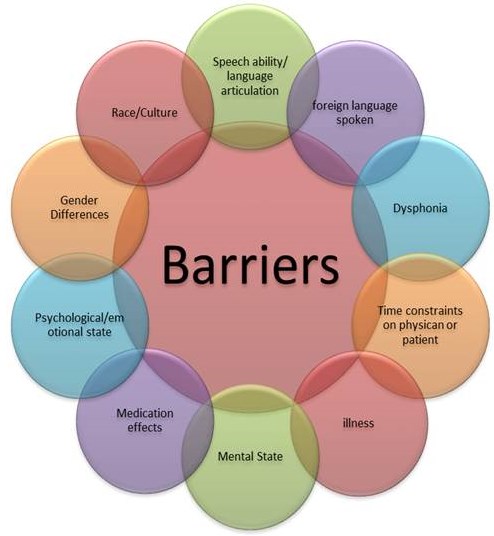Key Communication Lessons from Vinh Giang Video Masterclass
In his in-depth video masterclass, communication expert Vinh Giang shares over a decade of experience helping professionals become powerful, persuasive communicators. The session focuses on vocal mastery, body language, and authentic connection—tools that elevate your presence both in-person and online.
Below is a detailed breakdown of the most valuable insights from the session:
1. The Two Core Pillars of Communication
Vinh explains that communication is built on two foundational images:
1. Visual Image
This includes how you dress, your posture, facial expressions, and body language. These elements shape how others perceive your confidence, warmth, professionalism, and authority—often before you even speak.
2. Vocal Image
Your voice—its tone, pitch, rate, and volume—impacts how trustworthy, credible, and successful you appear. Your vocal delivery is a powerful tool in shaping how your message is received.
2. Why Vocal Mastery Matters
Vinh compares the human voice to a musical instrument with a wide range of expression—like the keys on a piano. Many people use only a few notes of their vocal “keyboard,” which makes their speech dull or monotonous.
Key Points:
- Changing your speaking style feels unfamiliar—not fake. Like any new skill, vocal variation may seem unnatural at first but becomes second nature with practice.
- Vocal mastery unlocks emotional range and presence.
Core Elements of Vocal Mastery:
- Rate of Speech: Varying your pace keeps listeners engaged. Slow down for emphasis, speed up for excitement.
- Volume: Use a scale of 1–10. Aim to speak at a strong level (around 6 or 7) to convey vitality and credibility. Vary volume to maintain interest.
- Pitch and Melody: Pitch variation adds musicality to your speech. Use exercises like the “siren technique” to stretch your vocal range.
- Tonality and Emotion: Your facial expressions affect your vocal emotion. Aligning the two enhances authenticity and impact.
- Pause: Pausing allows your audience to absorb information, reduces filler words, and projects authority.
3. Why You Might Dislike Your Own Voice
Most people are uncomfortable with their recorded voice because we normally hear ourselves through bone conduction, not through the air like others do.
How to Overcome It:
- Regular exposure and playback desensitize discomfort.
- Learn to embrace your unique voice—it’s a core part of your personal brand.
4. Non-Native English Speakers: Overcoming Common Challenges
Vinh highlights two types of challenges for non-native speakers:
1. Software Challenges:
- Thinking in your native language and translating into English slows speech and causes grammatical errors.
2. Hardware Challenges:
- English uses different mouth muscles. You may need to train your articulators (lips, tongue, jaw) to move faster and more clearly.
Practical Tips:
- Use tongue twisters to build agility.
- Speak English regularly and aim to think in English, not just translate.
5. Tips for Public Speaking and Managing Nerves
Rehearsal Technique:
- Use “table reads”—reading your speech aloud multiple times helps internalize flow and tone.
Audience Mindset:
- Most people are too focused on themselves to judge you harshly. Shift your attention to serving the audience, not worrying about your performance.
6. How to Deliver Engaging Online Presentations
Communicating over video has its own rules. Vin shares strategies to help you stand out:
- Maintain eye contact by looking at the camera lens—not your own image.
- Use social distance: Don’t sit too close to the webcam; give your audience breathing room.
- Use hand gestures within the camera frame to create a dynamic presence.
- Stand while presenting to improve breath control and boost energy.
7. The Art of Developing Wit in Conversation
What is Wit?
Wit is the ability to respond quickly with humor and intelligence. It makes people laugh, but also earns you respect.
The Truth About Wit:
- Only about 20% of wit is spontaneous. The rest comes from previous experiences and prepared mental patterns.
Key Ingredients:
- Timing: Delivering the right comment at the right moment.
- Intellect: Wit reveals clever thinking.
- Risk: Good humor often involves a “benign violation”—something that slightly challenges norms but feels safe.
Pro Tip:
- Review what worked and what didn’t. Wit improves through experience and reflection.
8. How to Become a Better Communicator
Vinh encourages deliberate practice through imitation, feedback, and self-review.
Steps to Improvement:
- Imitate Great Communicators: Pick five speakers you admire and study how they use tone, gestures, and pacing.
- Practice Like a Chef: Start with the basics, then add your own flavor as you improve.
- Use Feedback Tools:
- Record yourself speaking.
- Review only the audio to focus on tone.
- Watch the video without sound to assess body language.
- Use transcripts to spot filler words and non-verbal tics.
9. Advice for Introverts and Quiet Individuals
Introverts often excel at deep thinking but may hesitate to express themselves confidently. Vinh offers helpful suggestions:
- Change your environment: In new settings, people don’t have preconceived notions about you, allowing you to grow more freely.
- Try improv classes: These help develop spontaneity, confidence, and quick-thinking in a supportive environment.
Conclusion: Communication is a Skill—Not a Trait
Vinh Giang reminds us that great communicators are made, not born. Through consistent practice, self-awareness, and experimentation, anyone can master vocal delivery, emotional tone, and presence.
The key is to treat your voice and body like tools to be refined, not fixed traits to accept or reject.
Recommended Exercises & Techniques
- Siren Technique: To expand vocal range.
- Tongue Twisters: For clearer pronunciation.
- Record-Review Process: Audio, video, and transcript.
- Improv Classes: Build confidence and spontaneity.
- Practice Pausing and Volume Variation: To improve delivery.



